Take Your Photography To New Heights By Understanding These 7 Factors When Using Your Quadcopter For Aerial Photography
It’s an area of photography that is growing rapidly in popularity. The use of a drone or quadcopter for aerial photography gives us access to points of view that were previously unobtainable to all but those with a budget for a helicopter flight.
For as little as a consumer level DSLR we can buy an aerial platform that will allow us to shoot 12mp RAW and 4K footage up to 1km from where we are standing.
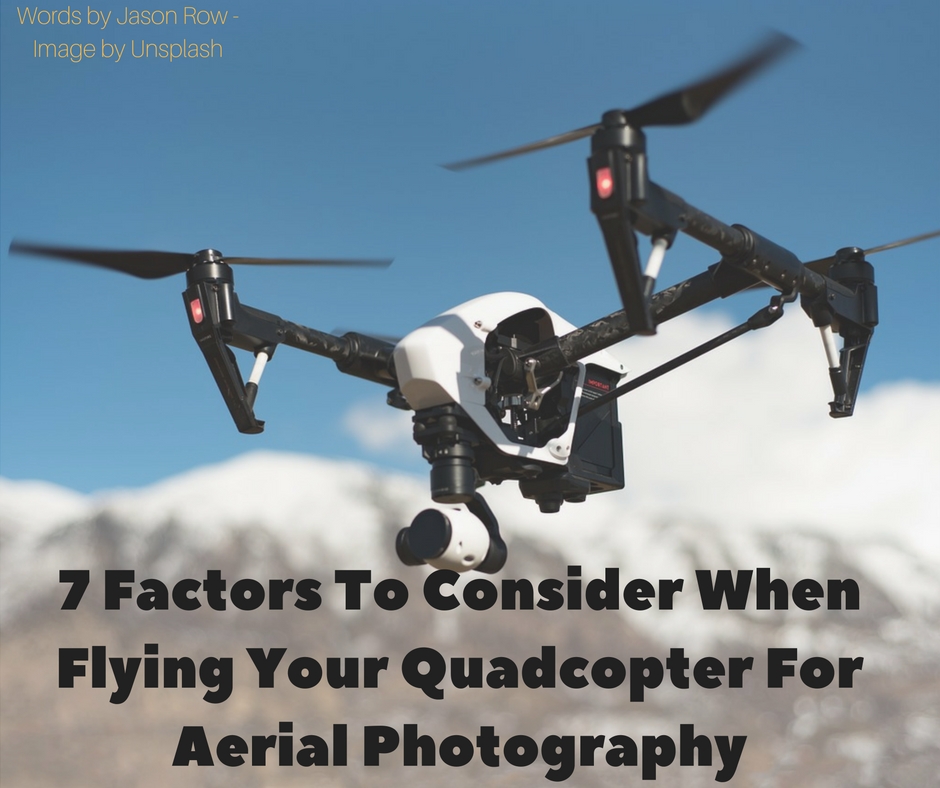
Remember, Quadcopters aren't toys (though, they certainly feel like it!)
Flying a quadcopter for aerial photography comes responsibility, you are effectively controlling a 1kg plus mass with ultra-fast rotating blades that can, if not monitored, go out of control or fail.
Today we are going to look at how to carry out aerial photography and video, safely but creatively.
1. Safety First – Let's Not Forget The Speed And Velocity Of Drones!
To start with, don’t jump into trying to take photos as soon as you get your quadcopter. Learn how to fly it competently first.
Learn it’s nuances and develop your spatial awareness for how the controls on the copter work, this will serve you well when you start to shoot video or photos and reduce the risk of flying into obstacles.
2. Take time to study the rules and regulations for flight in your country
The local aviation authority will have guidelines of drone or UAV flights and also lists of no-fly zones, NFZs. Some companies such as industry leader DJI will lock you out of flying in restricted areas but make yourself aware of any restrictions in your locale.
Top Tips!
Try to follow these general rules:
* Do not fly above 120m,
* Over congested areas,
* Close to buildings, and
* Always keep the quadcopter in visual sight.
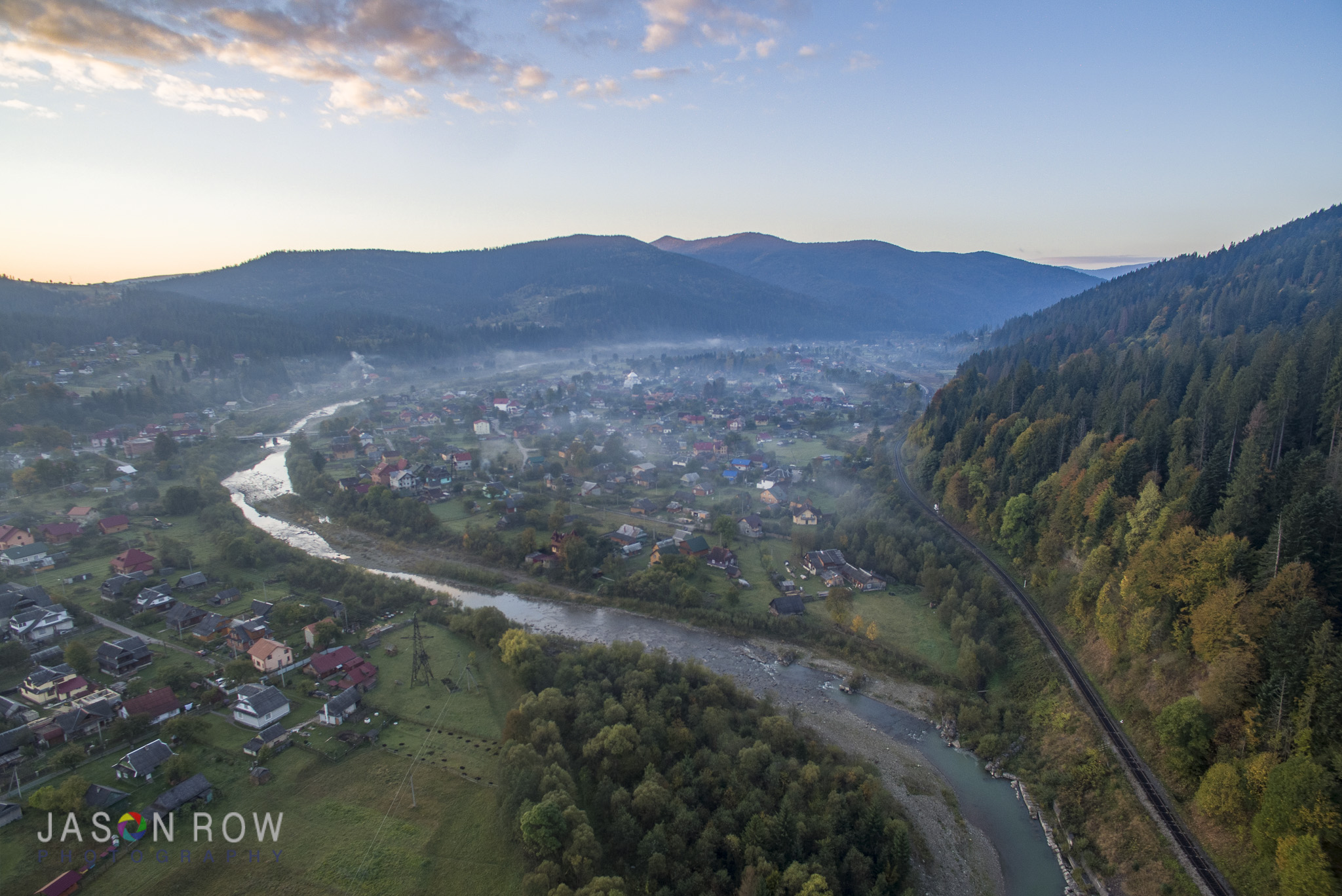
3. Shooting With A Quadcopter – The Camera Stuff
Most advanced prosumer level quads have pretty decent cameras, similar to those found on compacts. They will shoot Jpeg and RAW, give you control over shutter speed and ISO as well as having HDR and exposure bracketing modes.
The one thing they will not have is aperture control, the lenses tend to be fixed aperture. This is not such an issue for photography but can be for video where low shutter speeds are required.
Don't worry, ND filters can help solve this issue.
Further Learning Material
As we'll be discussing, composition is relevant not only to using a quadcopter for aerial photography but ALL areas!
Photzy have an amazing eBook guide written just on this topic “Understanding Composition” so that you can
ensure you have that transferrable knowledge!
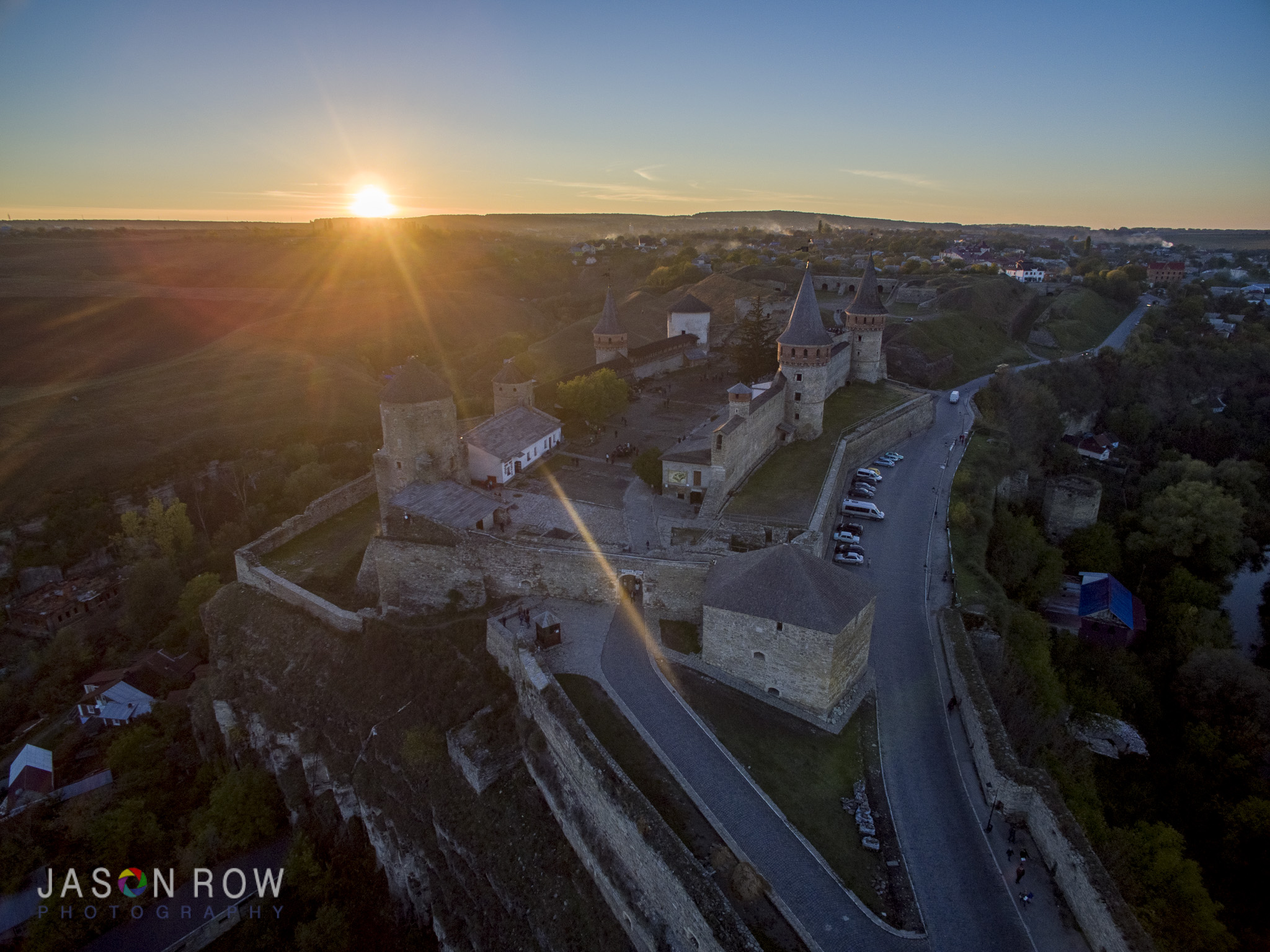
4. Composition Still Applies Here
As photographers, we are used to understanding the power of composition and when shooting from a quadcopter the same rules apply. We get a live view of the scene from our quad’s camera feed to a smartphone or tablet on our controller.
Use this as your viewfinder, most drone apps will even allow you to superimpose a “thirds” grid onto the scene.
5. A Whole New Perspective Of Shooting Aerial Photography
One of the most common mistakes new drone photographers make is to simply fly the drone as high as possible and start taking images.
This new perspective is exciting and might look great but will very often lack any elements to tie the scene together.
However, don’t be afraid to come lower, use trees or statues as framing devices. A ploughed field can contain leading lines too, all the compositional rules you apply to photography on terra-firma also apply to aerial photography.
If shooting from high altitude the rule of thirds becomes very important. Most prosumer level drones allow you to tilt the camera down, and to a certain extent up.
From higher altitudes, shots generally work better when the horizon is on the lower or upper third.
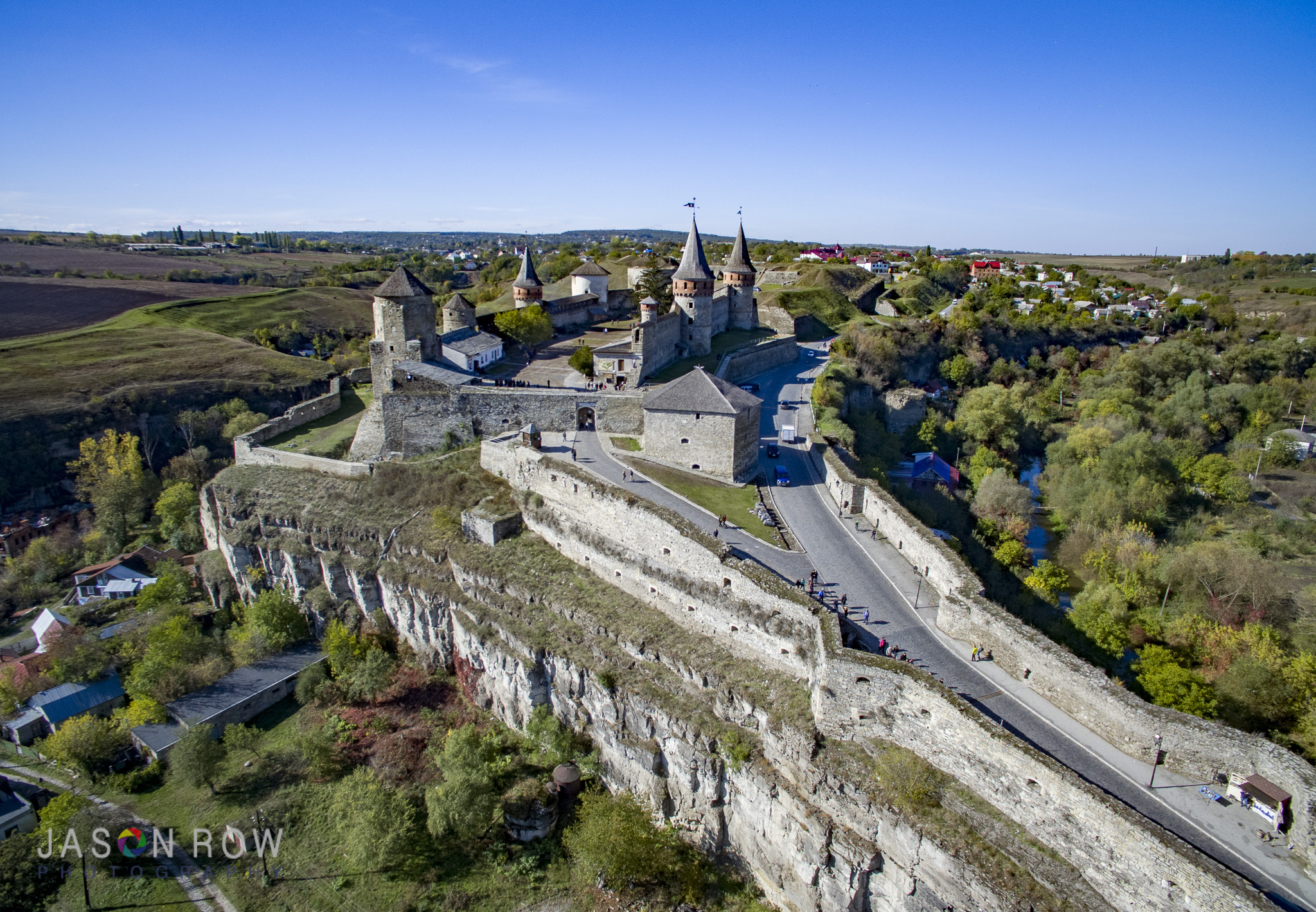
Top Tip!
One important factor that really works well when shooting from the higher altitudes is good light.
Drone images in bright daylight tend to look flat and uninspired.
Shooting in the golden hours with give you that wonderful yellow light and deep, long shadows across the landscape making your aerial shots look truly magical.
6. Where's Your Quadcopter's Camera Pointing?
Another often overlooked technique when shooting with a quadcopter is looking straight down. Tilting the camera down, perpendicular to the ground gives us all sorts of wonderful abstract views that would be unachievable with a normal camera.
Combined with the long shadows of the golden hours there is a huge scope for beautiful, creative images.
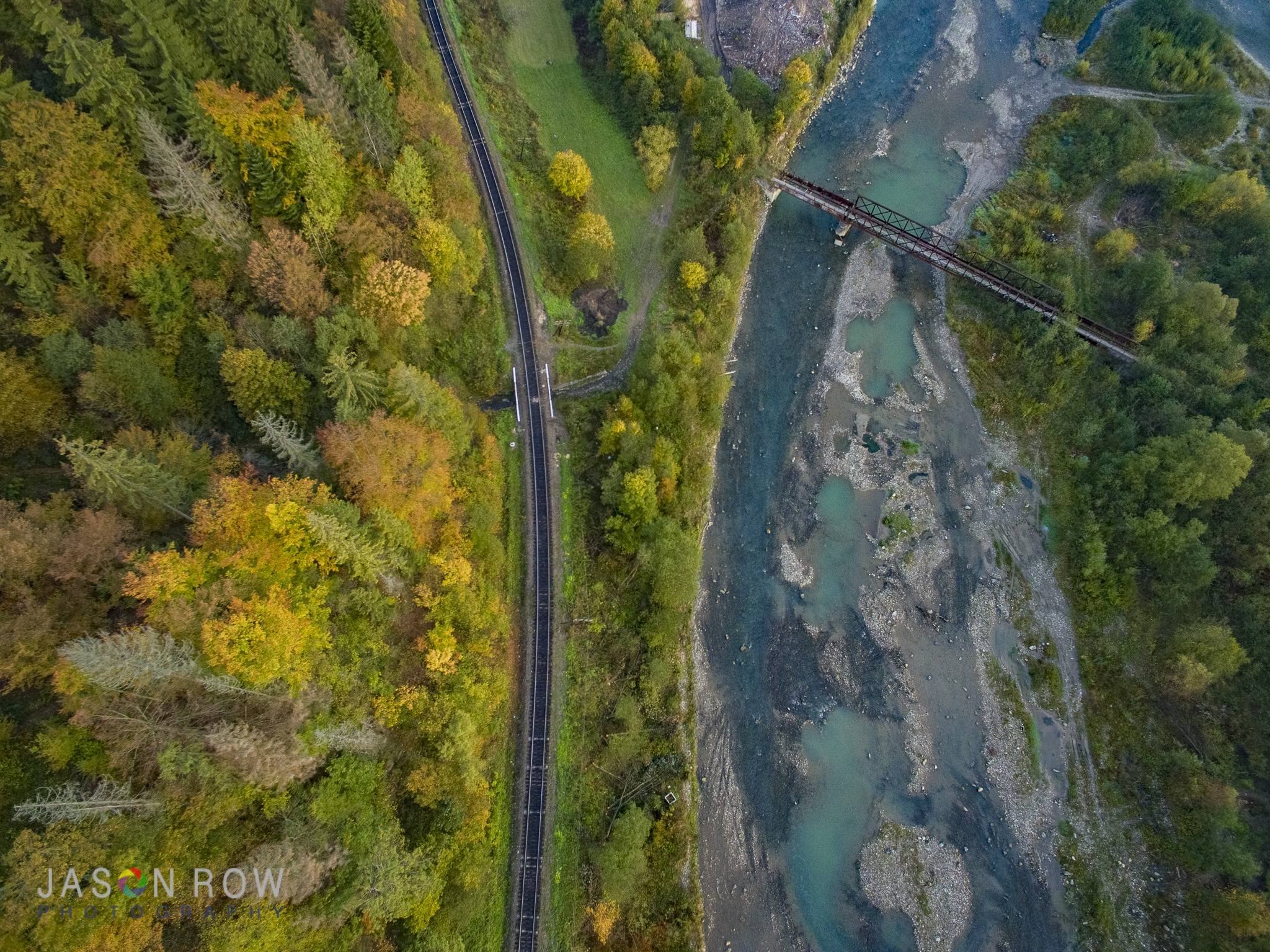
7.Heading Out After Dark
Night photography is also feasible when using a quadcopter for aerial photography.
Drones like the DJI Phantom series have strobes front and back to help you maintain visual sight. In night situations the front strobes can be switched off to prevent their light leaking into the camera.
Because the drone will inherently move a little even if not commanded to move, you will need to practice with your shutter speeds to get a sharp image, and almost certainly will need to increase your ISO.
The relatively small sensors of drones are prone to noise but by carefully matching the lowest achievable shutter speed to the lowest ISO, you can get some good results.
Summary
The advent of quadcopters has given photographers unparalleled access to an area of photography that was previously out of bounds to all but those with a (very) large budget.
Whilst the sensors will not match a good DSLR or mirrorless camera, the uniqueness of the vantage points that can be shoot from, more than make up for it.
Using Your Quadcopter For Ariel Photography – Top Takeaways!
- Remember to do your homework on where you can take your drone and not get too carried away when taking it out for the first time!
- Composition is still equally as important as on the ground with your digital camera.
- Take full advantage of a whole new range of perspectives that this area of photography has opened up for the mainstream.
Further Resources
- Rise of the Drones: How Drone Photography is Affecting the Future of Our Craft by Jason Row
- Review: The Phantom 3 4K Quadcopter by Jason Row
- Aerial Photography: The Definitive Guide To Amazing Aerial Shots by Andy Callan
Further Learning Material
As we've discussed, composition is relevant not only to using a quadcopter for aerial photography but ALL areas!
Photzy have an amazing eBook guide written just on this topic “Understanding Composition” so that you can
ensure you have that transferrable knowledge!



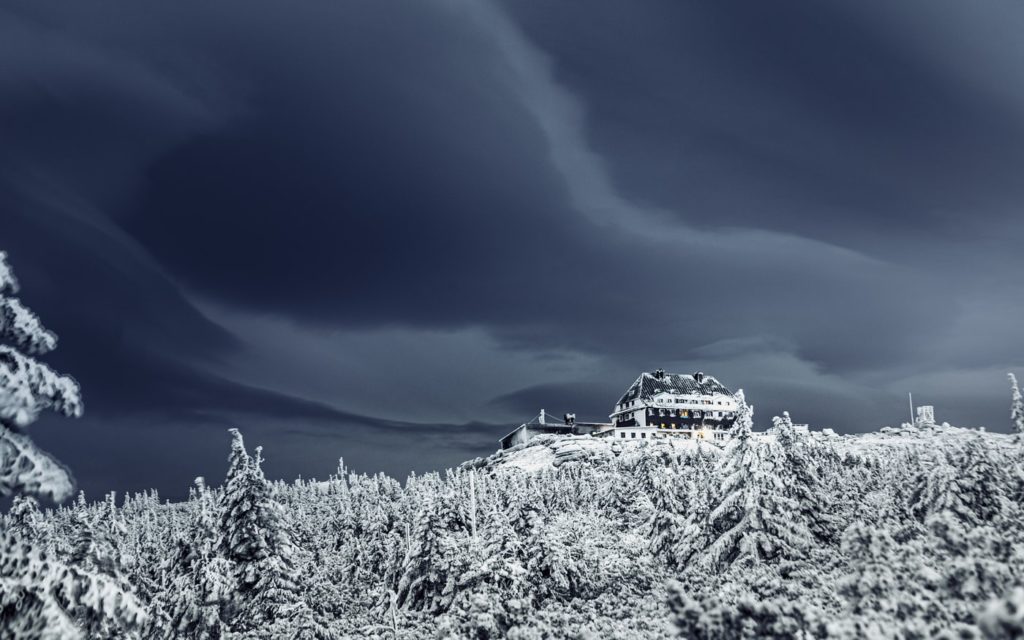

1 Comment
It’s worth mentioning that in the United States, an FAA pilot’s license is required for all commercial use of Unmanned Aerial Systems (drones). This includes anything you get paid for, even if it’s just buying a tank of gas our for your own business. Flying after dark is also illegal.
Both personal and business insurance policies specifically exclude drones, so if you’re flying for business after you get a license you’ll need to get a separate aircraft liability policy.